#georgiana duchess of devonshire by sir joshua reynolds
Text

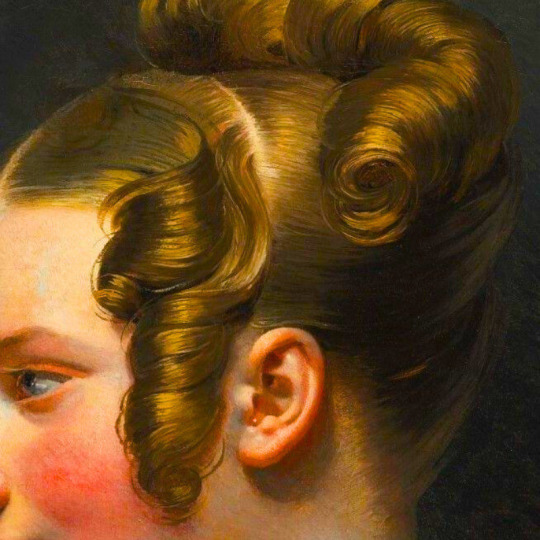

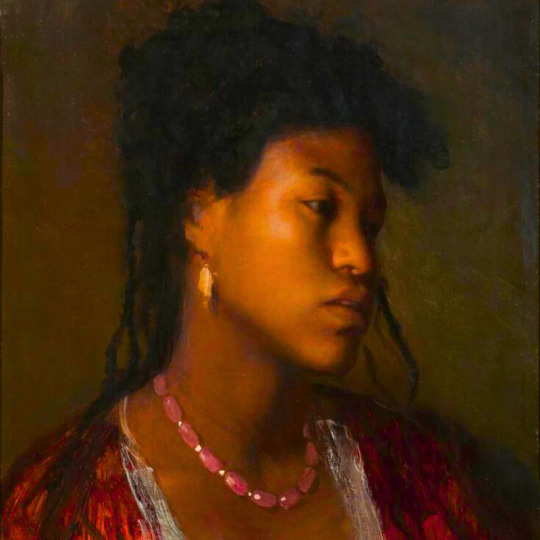

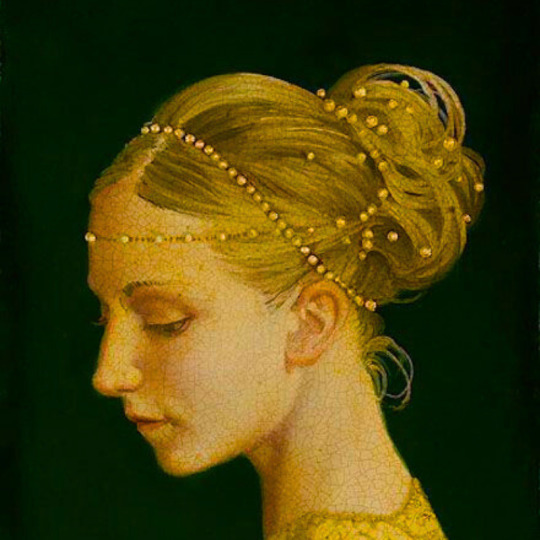
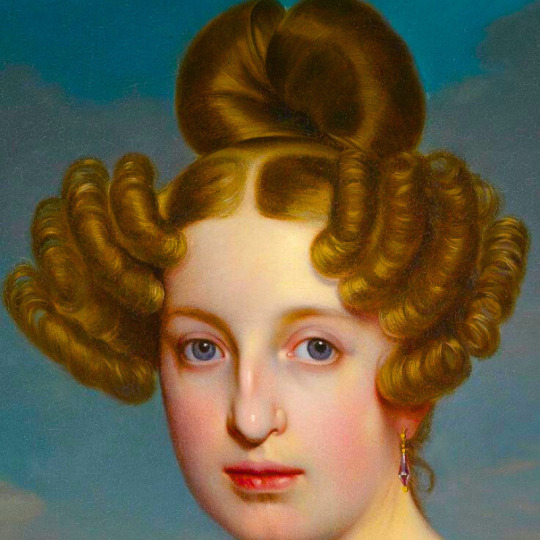
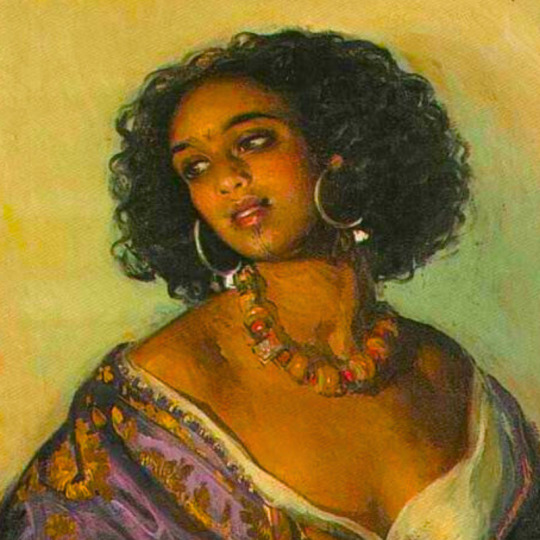


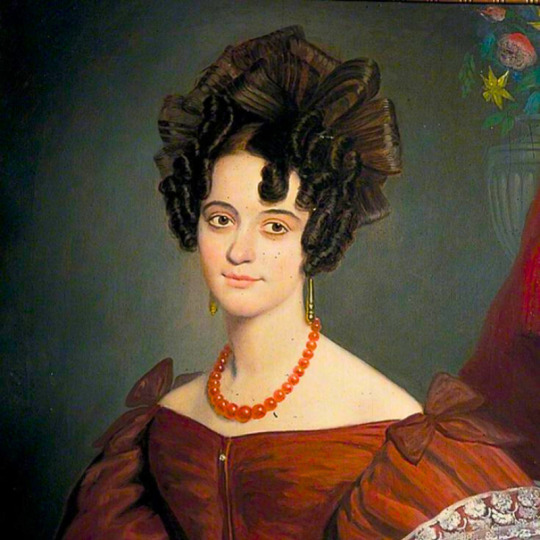
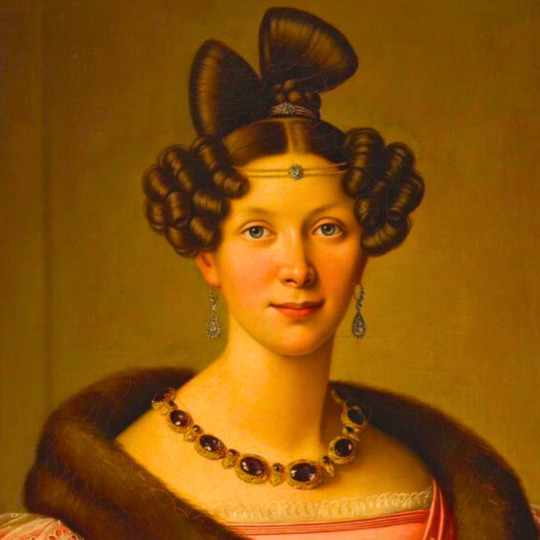
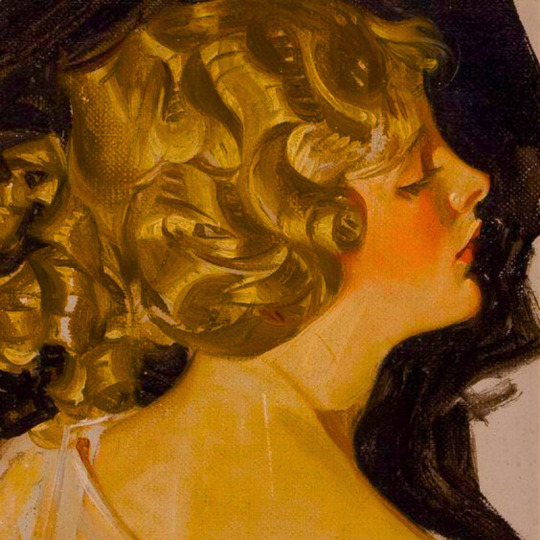
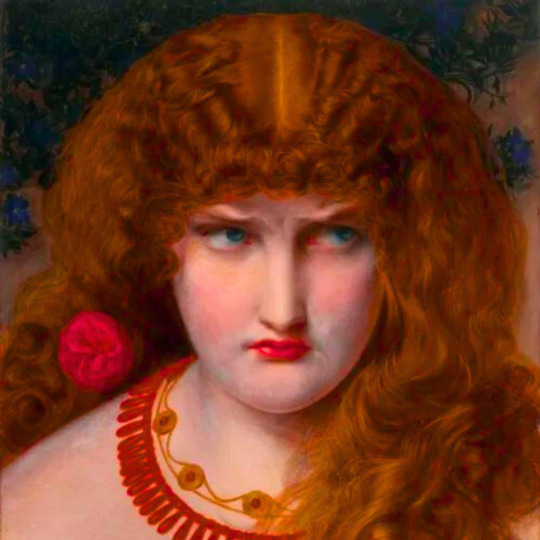
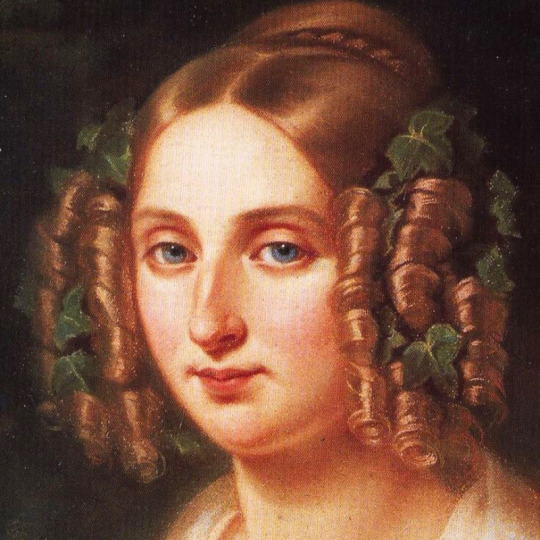
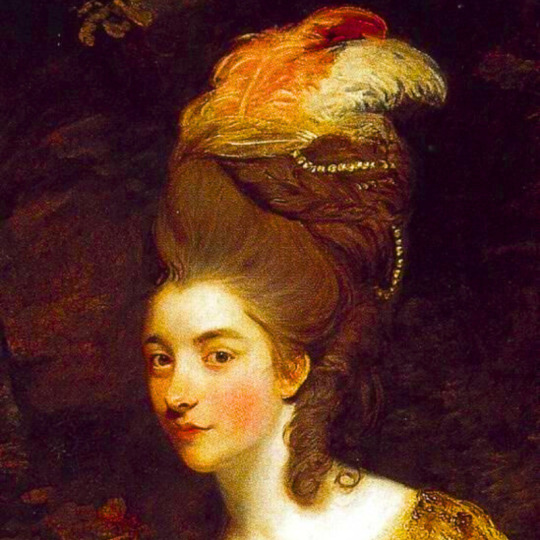
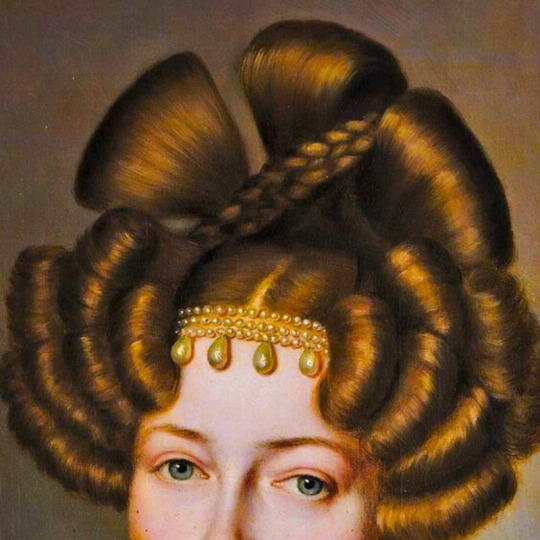


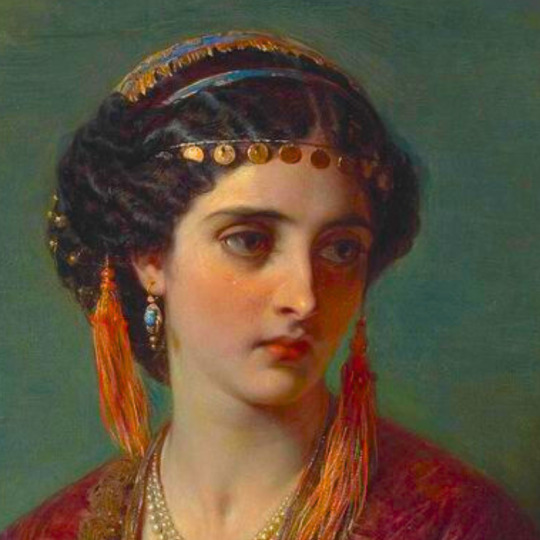
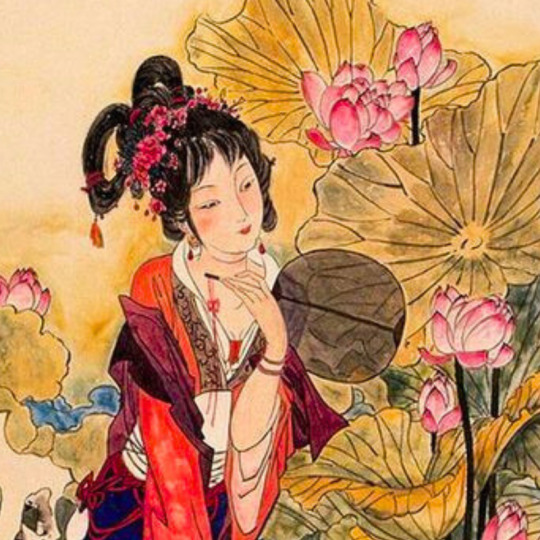
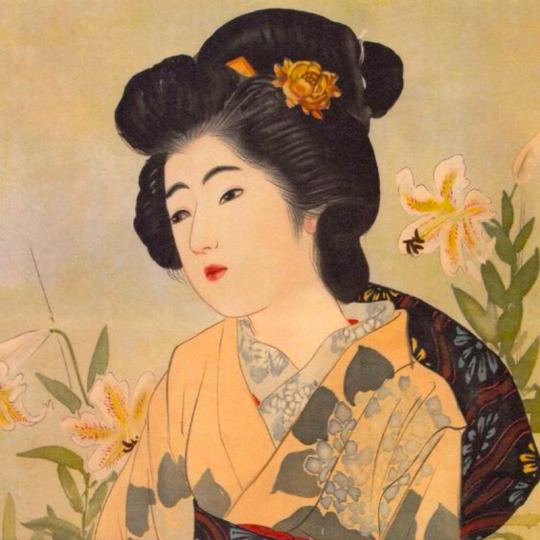
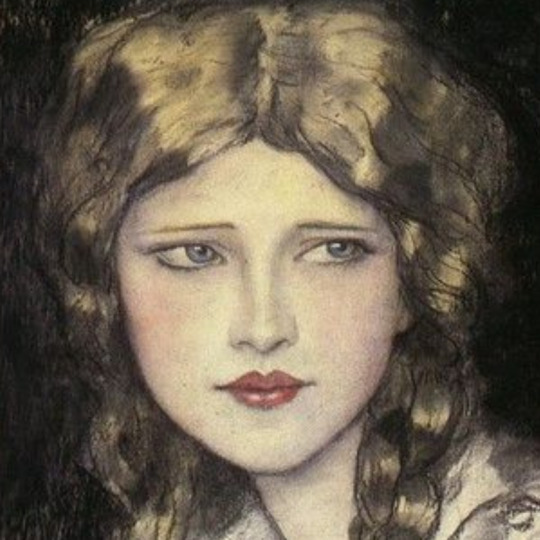

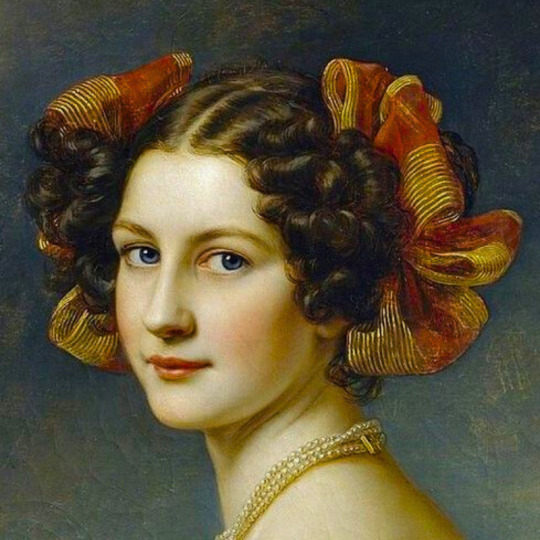

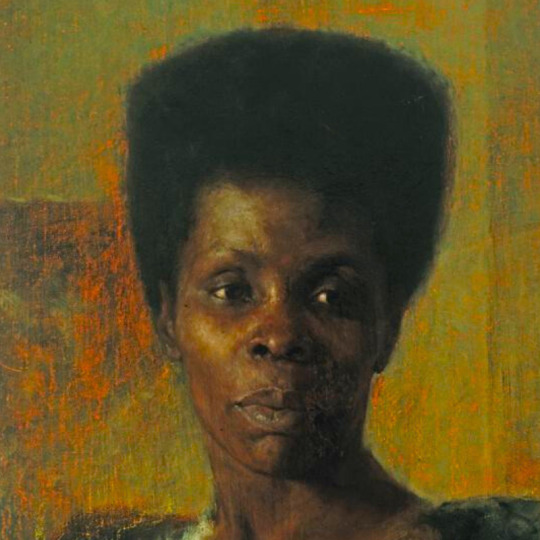
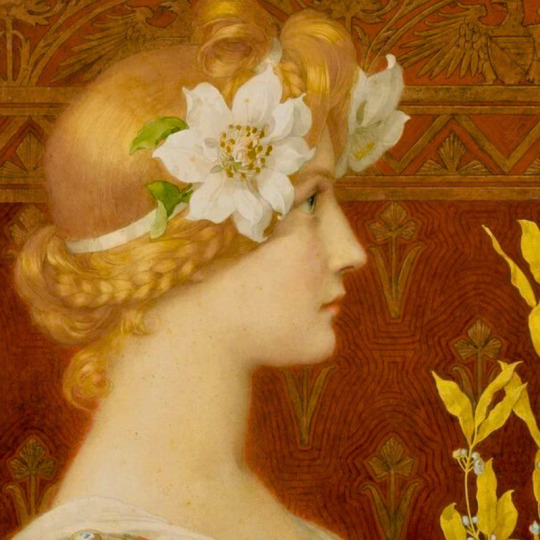
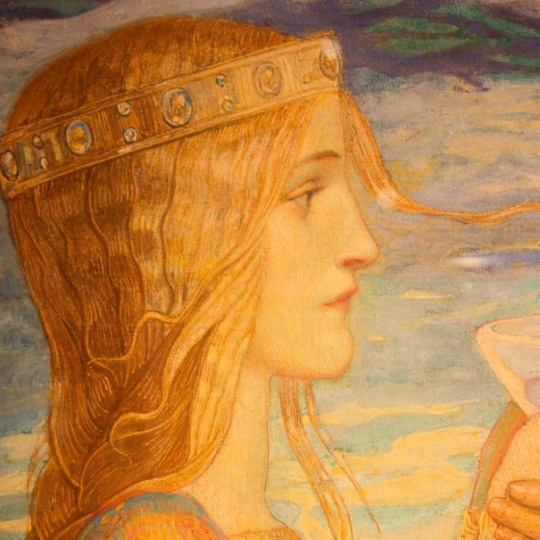
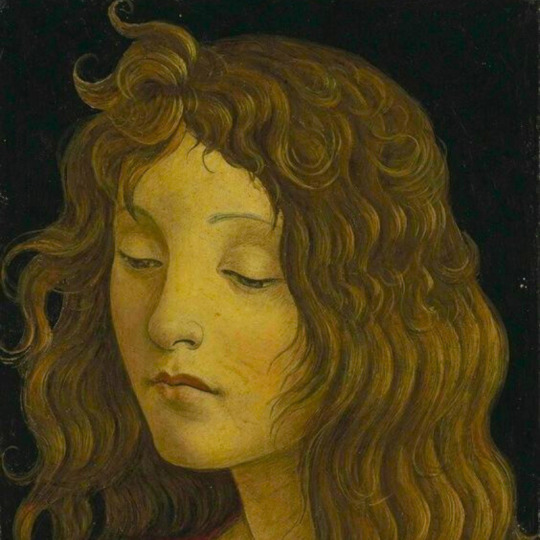
hair + art
#hortense mancini by jacob ferninad voet#painting is by edouard louis dubfe#painting by joseph karl stieler#painting by leopold carl muller#venus and mars by sandro botticelli#betrothed by james christensen#elise dorothea frederike by ernst thelott#painting by jose cruz herrera#miss jane mercer by samuel bell waugh#painting by johann heinrich richter#sarah walker of canterbury by j.b. haslehurst#painting by friedrich wilhelm herdt#young woman by j.c. leyendecker#helen of troy by anthony frederick augustus sandys#marie louise of orleans by i cant find the artist#georgiana duchess of devonshire by sir joshua reynolds#maria cornelia van wassenaer by jean baptiste van der hulst#portrait of a lady by franz schrotzberg#countess claudine rhedey johan nepomuk ender#painting by thomas francis dicksee jessica#escaping summer heat by hua sanchuan#i think this is by eiho hirezaki#drawing by wladyslaw t. benda#painting by hugette clark#auguste hilber by joseph karl stieler#empress elisabeth of austria by franz xaver winterhalter#zamorka by anton azbe#painting by elisabeth sonrel#painting by john duncan#saint john the baptist by sandro botticelli
280 notes
·
View notes
Photo

Jane, Countess of Harrington depicted as Aurora, Goddess of Dawn – to symbolise purity – in white silk dress with purple gauze scarf and red and white plumes in her hair. This painting by Sir Joshua Reynolds was completed when she was still Miss Fleming.
Jane Fleming was the eldest of five children of Sir John Fleming, 1st Baronet as well as the elder sister of Seymour Dorothy Fleming. She married May 23, 1779, Charles, third Earl of Harrington. The new Countess of Harrington was soon praised for generosity, as she immediately settled the debts her husband had inherited from her father-in-law and funded the re-purchase of Stable Yard House in St James's. The money she brought into the marriage also enabled Lord Harrington to raise an infantry regiment, with which the couple departed for Jamaica in 1780. When they returned the next year, Lady Harrington became noted for her fashion sense and physical attractiveness; she and Georgiana Cavendish, Duchess of Devonshire, were singled out as "the best dressed ladies" at an all-night party held by the Duchess in September 1782.
Although she became a gambler like many of her class, Lady Harrington was "blessed with domestic happiness, a lovely progeny, and every endearment that can make life desirable." Surrounded by aristocracy of generally loose morals, she was considered an epitome of virtue. A somewhat talented painter, Lady Harrington helped establish John Glover's career as art instructor in the early 1790s, and may have taken lessons from him. In 1794, she became a lady of the Bedchamber to Charlotte of Mecklenburg-Strelitz, wife of King George III. Much favoured by Queen Charlotte, Lady Harrington served as lady of the Bedchamber until the Queen's death in 1818.
Lord and Lady Harrington maintained their popularity into their old age. "Their sempiternal occupation of tea-drinking" was noted by one of their contemporaries, who found that "neither in Nankin, Pekin, nor Canton was the teapot more assiduously and constantly replenished" than in their home. Lady Harrington predeceased her husband, dying at St James's Palace on 3 February 1824. She was buried at Westminster Abbey on 12 February. Lord and Lady Harrington had ten children, who lived into adulthood.
#historyedit#18th century#english history#british history#jane countess of harrington#art#paintings#history#early modern history#our creations
323 notes
·
View notes
Photo

George, 4th Duke of Marlborough and His Family, oil on canvas, 1778, Sir Joshua Reynolds.
I am in genuine disbelief that this painting isn’t spoken of more, or harked about among artistic circles, as it is an incredible sight to behold.
This painting, believed to be Sir Joshua’s largest ever piece of work (the canvas is around 15 feet!), hangs majestically in the Red Drawing Room of Blenheim Palace, Oxfordshire. The ancestral home of the Duke & Duchess of Marlborough and one of ten Treasure Houses still in private/family ownership in England.
Joshua Reynolds came to Blenheim shortly after Lancelot “Capability” Brown would have left in the mid 1770s, and there are many other of his paintings and sketches which adorn the English silk and Oxfordshire limestone walls of the 300+ year old baroque palace - a gift to the first duke from Queen Anne (well, the money to build it was, then the family needed tens of thousands of their own money to complete it) after his triumphant defeat over the French during the War of the Spanish Succession.
Perhaps oddly, the focal point of the painting is the 4th Duchess herself, Caroline, in an era where women were quite literally considered the legal property of their husband. Caroline was the eldest daughter of the Duke of Bedford (whose country seat is Woburn Abbey in Bedfordshire) and was seen by others as a proud and haughty lady, very befitting of her aristocratic station. Her wig, a combination of hair belonging to herself, other women, horses and goats, signifies her wealth, status and dedication to the fashions of the era, set by the French queen, Marie Antoinette, and Georgiana Cavendish, the 5th Duchess of Devonshire, also dubbed the “empress of fashion”. However, Caroline’s name is hardly ever mentioned in diaries, biographies and Society journals & newspapers of the day, despite all of the aforementioned. Did she rule the roost at Blenheim and Oxford, not venturing to the capital to join Georgiana’s le bon ton? It mystifies me as a Historian.
the 4th duke, seated to her left, lived at Blenheim for 59 years and succeeded to the dukedom when he was just 19. He had eight children with Caroline (although only six are shown here, two had still yet to be born) and they tried to mimic the example of family life given by the king and his close friend, George III, and his queen, Charlotte, who had 15 children together! George III visited Blenheim on several occasions and the two shared a mutual love of astronomy.
The setting is informal and relaxed, with the duke’s heir, the Marquis of Blandford, standing to his left, holding the chest of family jewels (otherwise known as the Marlborough Gems, nearly all of these had to be sold off to raise much needed funds as the 5th and 6th dukes both nearly bankrupted Blenheim), whilst his brother, Lord Henry, stands among his sisters, pointing toward the duke, connecting him with the masculine side of the painting. The eldest of which, Lady Caroline, is upon the right of the painting in the golden yellow dress. The youngest of the children, Lady Anne, was five-years-old when the painting was complete, and she was adamant to not be painted by Sir Joshua at all. She ran away from the setting on I believe two occasions (to give you an idea as to how problematic this would have been, there are 187 rooms at Blenheim over four floors!), and on another, referred to Joshua Reynolds as “frightening and ugly”.
As you may be aware, Sir Joshua had a fairly relaxed temperament, and wanted to play up on her ladyship’s emotion of fear. That is why under the duchess we can see her mischievous sibling, Lady Charlotte, who is holding up a frightening & theatrical mask to her sister, partially to re-invoke the emotion of fear which Reynolds was determined to capture. The mask also represents the family’s love of amateur dramatics, and the orangery at Blenheim Palace at this time was in fact a 200 seat theatre! The children, their close relations and well trusted servants would put on plays, sketches and even Italian operas to impress and entertain Their Graces and their friends & family, and if you could afford a ticket, the paying public too.
Blenheim is an absolutely incredible building, so very richly steeped in history and colourful events and characters that despite this having turned into quite the essay (unintentionally too I assure you!) there is still so much I have left out and so much that I want to say! (the statues, the dogs, the fates of most of the people in the painting, the clothes etc etc) I love my job there and enjoy each and every day showing visitors around the beautiful state rooms and private apartments. I hope you found this interesting! If you have anything you would like to ask or any edits/further info for me, please do not hesitate to ask me! I love discussing history and furthering my knowledge and abilities!
#art history#joshua reynolds#18th century#4th duke of marlborough#blenheim palace#i love this painting and joshua reynolds so much#the red drawing room is my favourite room in blenheim as well#decadent-empress and beau--brummell i hope you both enjoy!!!
45 notes
·
View notes